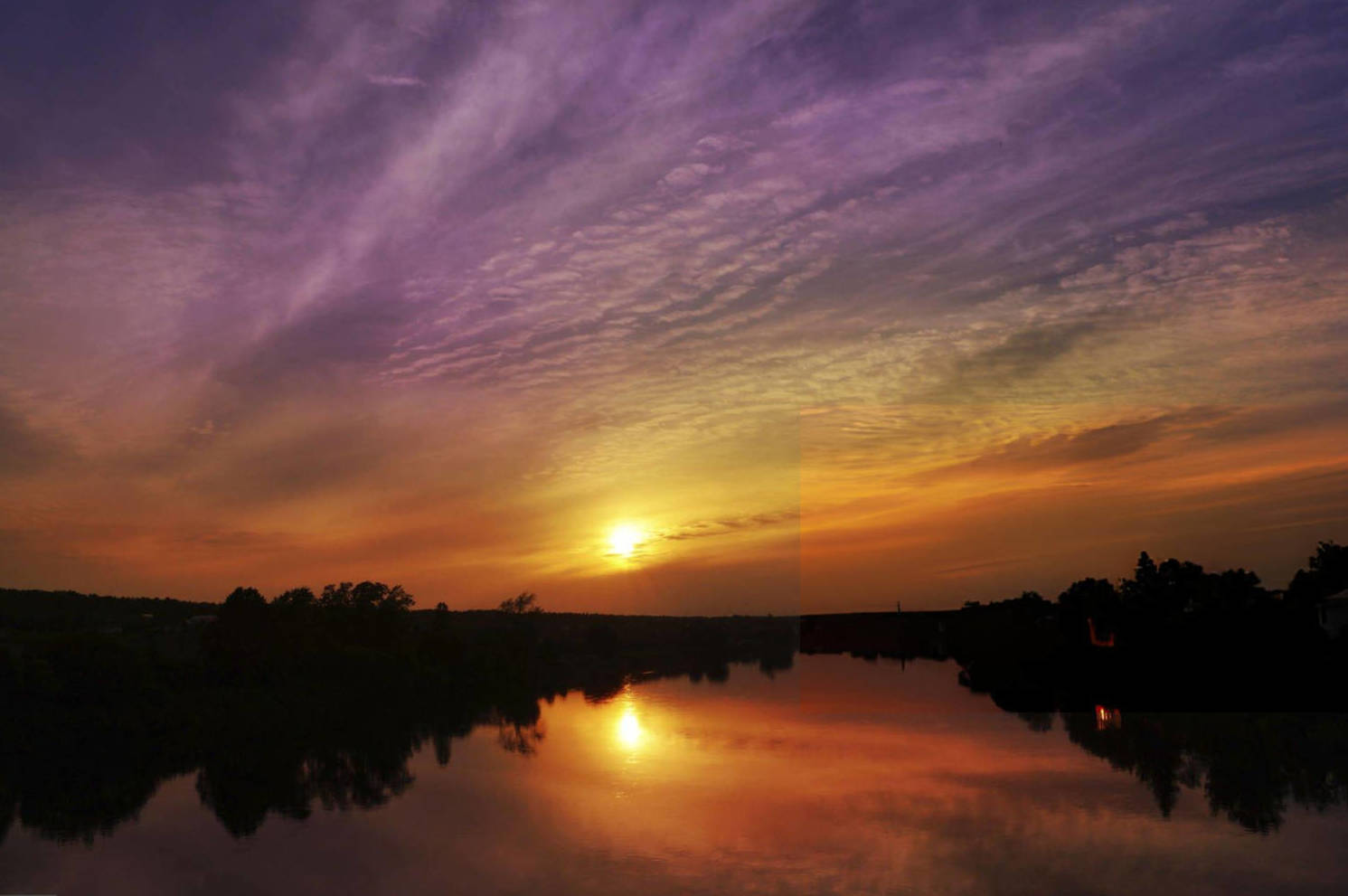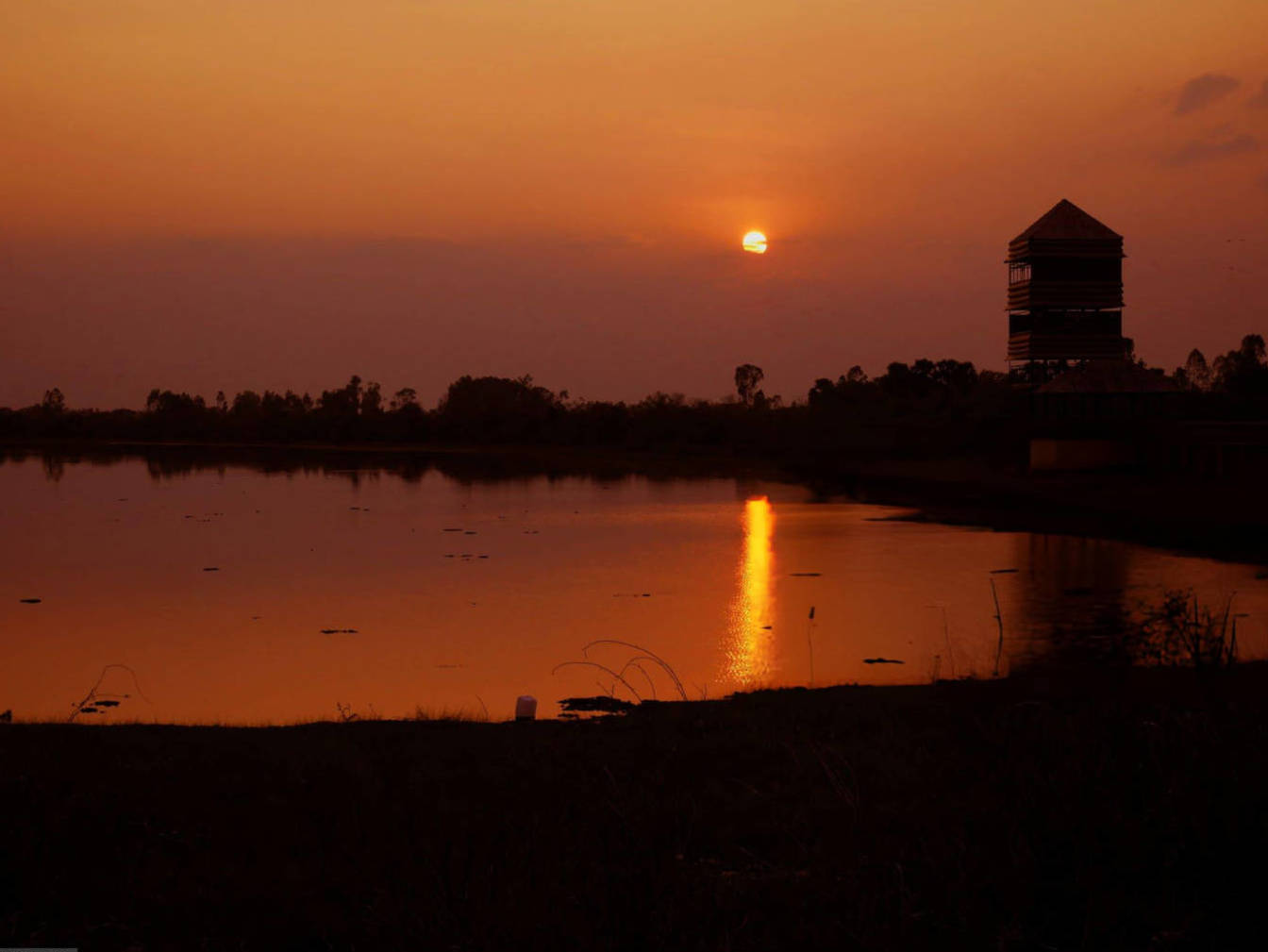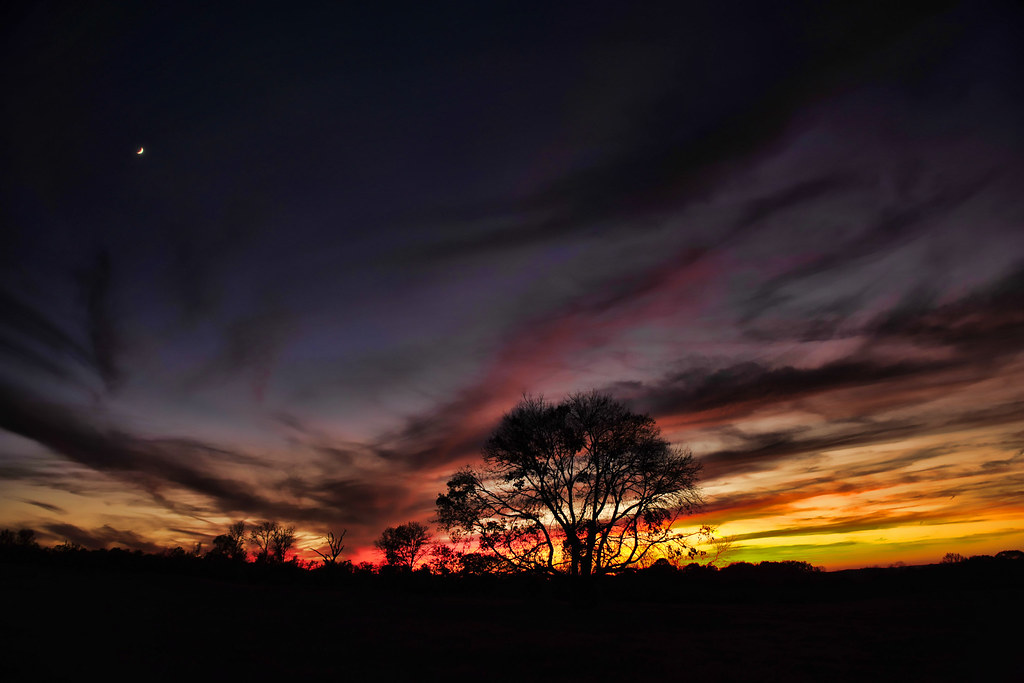Introduction
The reality of sundown towns in Alabama is a piece of American history that deserves our attention.
A sundown town refers to any community that used policies, both official and unofficial, to exclude Black people and other minorities after dark, often under threat of violence, arrest, or death.
This concept was depicted in the HBO series dark fantasy series ‘Lovecraft Country,’ where Black characters live in 1950s Jim Crow America and face supernatural horrors. Now if you haven’t seen this show, add it to your watch list. It really is a great blend of historical realities with gripping supernatural elements.
Why is this relevant to our list of sundown towns in Alabama? Well in the first episode, three Black characters encounter multiple hostile sundown town communities throughout their travels. They also encounter one particular aggressive sheriff after pausing along the roadside. During the interaction, the sheriff ominously informs them that they are in a Sundown county. He also threatens to lynch them if if he finds them still there after dark. The trio had to race against time to leave the county before sunset while adhering to the speed limit to avoid provoking the sheriff (who happens to be tailing them).
While the supernatural elements in the show are fictional, sundown towns are very real. Black people faced these practices all throughout the Jim Crow era. The legacy of these practices still have an impact today.
Our List of Sundown Towns In Alabama
Alabama’s landscapes and memorable Southern charm hide a dark secret: sundown towns. These towns, which implemented policies to exclude Black people after dark, have created pockets of fear and discrimination throughout the state.
Here are 8 towns and counties that have at one point earned this designation.
Nauvoo, Alabama

Nauvoo, Alabama is a small town located on the northwestern edge of Walker County. It may be small, but it has a big history of racial exclusion.
According to the 2000 Census, the population was 284, but has since fallen to just 185 in 2020, a decline of over 34%. The town is predominantly white, with 98% of its residents identifying as white.
In the 1930s, following local lore of a Black man entering the home of a prominent citizen (allegedly with violent intentions towards the wife), Black citizens were required to leave town by 6 PM and a new (now-removed) sign was erected declaring,
“Don’t let the sun set on your heels in this town, N**er.”
The sign may have possibly come down during the civil rights movement, but in the early 1950s, Black individuals were still unable to dine inside restaurants, and instead had to use picnic tables and marked restrooms and water fountains.
Cullman, Alabama
Cullman is the largest city and county seat of Cullman County, Alabama. It has a population of 18,213, with 87% of the population being white and a small Black minority of 1.3%.
Originally part of the Cherokee Nation’s territory, the area was marked by the Black Warrior’s Path. It is a significant trail in Cherokee history and the American Indian Wars.
Founded in 1873 by Colonel John G. Cullmann, a German immigrant, the city’s early history is intertwined with exclusionary practices. From the 1890s to the 1950s, Cullman was a sundown town in Alabama. It strictly prohibited Blacks from residing within its limits and was also known for a visible Ku Klux Klan presence during the civil rights movement.
Ironically, these policies led to the rise of Colony, Alabama, as a safe haven for those discriminated against. Over the 20th century, Cullman transitioned to a diverse economy with various manufacturing and distribution centers. It emerged as a leading “micropolitan” city nationally.
In early 2008, Cullman captured national attention when the district elected James C. Fields, a Black man, in a special election for the Alabama House of Representatives – a pivotal moment in its history.
Sundown Towns in Alabma: Cullman County
Cullman County, yes the entire county of Cullman, I would designate as a sundown town in Alabama. It is situated in the north central portion of Alabama has a large population of 87,866, with a racial makeup of 97% white and only 0.96% Black according to the 2020 census.
The county’s past as a sundown town in Alabama is well-known and despite the progression over the years, tensions still remain evident.
A recent example of this came in 2020, when a Juneteenth celebration was held at Veterans Memorial Park in Hanceville. It very clearly lacked participation from Black adults (many not showing due to safety concerns).
Police were called to the park for security due to calls from neighbors unhappy about the event.
So while many white neighbors attended the celebration and enjoyed the event, the tension and opposition to the event from some residents was enough to make many Black residents in the area feel uncomfortable and unwelcome.
In January 2008 a Black Democrat defeated a neo-Confederate white Republican to win a seat in Alabama’s 12th House District.
So do with that information what you will.
Oneonta, Alabama

Oneonta, Alabama, a city in the Sand Mountain region of Blount County, hosts an annual historical Covered Bridge Festival to celebrate its history.
With a (somewhat) more diverse population of 6,938 people, the demographic includes 72% White, 17% Hispanic or Latino, and 6% Black or African American.
One resident shared a personal story saying, “My father grew up there and claimed Blacks had to leave town before sundown… Or at least retreat to the other side of the mountain.”
There also used to be an annual KKK picnic that included the town’s high school principal, who was recognizable to the locals by his shoes despite the Klansmen’s masked attire.
Sand Mountain, Alabama
With a population known for its conservative values (residents predominantly vote for conservative candidates and practice Baptist faith, with many areas prohibiting the sale of alcohol), the area has a reputation for being less than welcoming to those who don’t fit in with its social norms.
Sand Mountain’s is most famous for its association with the Confederacy and the Civil War. In particular, when Union troops led by Major General George H. Thomas attempted to flank Confederate forces in Chattanooga—a move that culminated in the Confederate victory at the Battle of Chickamauga.
And in 2000, a few people mentioned that there were still sundown town signs in the Sand Mountain region. As of 2024, we’re not sure if those signs are still up.
A personal account from a former teacher recalls an old-timer’s explanation during an interview on race relations during the Great Depression: “We didn’t have any racial problems back then. As long as they were off the mountain by sundown, there weren’t any problems.”
Yup, no problems at all….
Arab, Alabama
Located in the northern parts of Alabama, Arab proudly proclaims its motto, “Proud of our past… embracing the future.”
Arab is one of many obvious sundown towns in Alabama. Arab has a modest population of 8,461, as recorded in the 2020 census, with 7,630 (90%) of the residents being white and 32 (0.38%) being Black.
Once designated a sundown town, Arab has enforced policies that harshly warned Black people against remaining in the city after dark. Historically it may even barred their presence during the day.
This exclusion shouldn’t come as too much of a shock, especially with the distribution of Ku Klux Klan materials in recent years.
A long-term resident of Arab, who has lived there since 1927, shed light on the town’s exclusionary past. When asked why there were no Black residents, the resident explained, “In the ’40s, maybe 50s, if they came shopping or something like that, they’d run ’em out of town.”
And if that wasn’t welcoming enough, until the early 90’s there was a sign when you entered Arab that said “N***ers, Don’t Let The Sun Set On Your Black A in Arab, Alabama.”
One of the Smallest Sundown Towns in Alabama: West Point

West Point is a small town in Cullman County, Alabama, incorporated in 1977, with a population of 584.
It has since become a sundown town in Alabama.
On August 22, 2000, Wayne Willingham was elected mayor by a narrow margin of 41-40 votes. The election gained particular attention as it was non-partisan. It took place in a town with a population of 295 at the time, known for its all-white demographic.
Wayne’s background made national news due to his family’s history:
- His brother is a popular lawyer among members of the KKK and other white supremacist groups.
- His father is reputed to have been a leading figure in white supremacist circles in Cullman County for decades.
This background is a well-known aspect of the family in the area, yet he still won the election.
Winston County, Alabama
Winston County has a history of dissent (particularly during the American Civil War).
Known as the “Free State of Winston” due to its strong opposition to secession (most likely because a few slave owners were unlikely to benefit from leaving the Union), today Winston County uses this unique historical stance as a tourist attraction.
The county was even mentioned in novels To Kill a Mockingbird and Addie Pray.
As of the 2020 census, the population stood at 23,540, with a 92% white majority and a 0.5% black minority.
Essentially, it’s one of the few places that was said to never really be a sundown town in Alabama.
So why is it on our list?
Despite its celebrated past of rebellion against racist policies/statues/segregation/laws/etc., race issues still linger. According to an email shared online by one local resident in 2008: Winston County remains a hotspot for KKK activity including incidents like cross burnings! These campaigns have been happening on-and-off since around early-2000s or before then…
Conclusion: Sundown Towns in Alabama
Although the Jim Crow era is over, some legacy sundown towns in Alabama still exist in Texas today. These towns have a history of excluding African Americans and other minorities, and in some cases, their cultural attitudes haven’t significantly evolved.
Want to Learn More about Sundown Towns in the USA?
Sources
- https://justice.tougaloo.edu/location/alabama/
- https://www.nytimes.com/2008/02/21/us/politics/21race.html?_r=1&scp=1&sq=Cullman%20election&st=cse&oref=slogin
- https://www.wbrc.com/2020/06/20/cullman-co-celebrates-juneteenth-with-opposition/
- https://web.archive.org/web/20160303193954/
- http://www.abc.alabama.gov/images/Wet_Dry_Counties.gif

